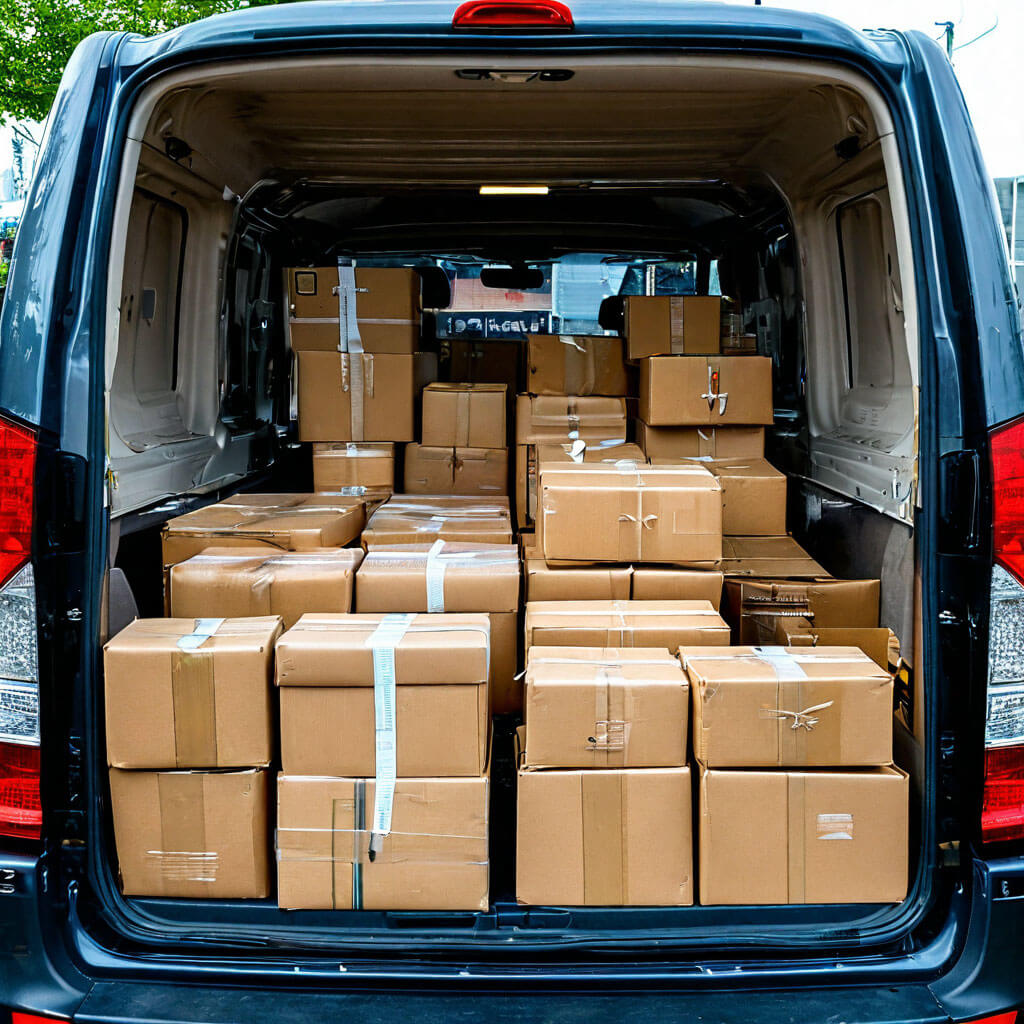How to Pack Cargo: Basic Requirements and Types

How to Pack Cargo: Basic Requirements and Types
Proper packaging not only guarantees the safety of the cargo during transportation but can also significantly simplify loading, unloading, and the overall process of transporting goods. Any cargo space planner must take into account all packaging methods.
Rules for Packaging Cargo
General rules for packaging cargo for any type of transportation:
- Choose the type of packaging recommended by the manufacturer of the goods.
- Regardless of the loading or unloading method chosen, labeling on the cargo is mandatory.
- The packaging must match the size of the cargo.
- Select durable materials and seal them properly.
- The packaging must be dry and intact, with no visible damage.
The requirements for containers and cargo packaging during transportation must be followed not only by the carrier but also by the sender. The sender is responsible for the condition of the container and its labeling. In the absence of proper packaging, the carrier has the right to refuse transportation or decline responsibility for the safety of the cargo. If improperly packaged cargo damages other goods, the sender must compensate for the damage caused.
Materials for Cargo Packaging
Types of cargo packaging differ not only in design features but also in the materials used:
- Rigid packaging – wood, metal. It maintains its shape well and protects particularly fragile cargo.
- Semi-rigid packaging – cardboard or plastic. These are the most common materials, sturdy and inexpensive.
- Soft packaging– film, fabric, polymers, bubble wrap.
All types of packaging have different volumes, which must be taken into account when calculating the loading of a ship or any other vehicle.
Options and Methods of Cargo Packaging
For safe transportation, the following are used:
- Boxes for fragile or heavy items, equipped with mechanisms for airtight sealing;
- Barrels for transporting liquids;
- Bags made of fabric and polymers for bulk goods;
- Crates – sturdy woven boxes resistant to pressure;
- Glass containers for liquids;
- Tanks and stainless steel containers, mainly used for transporting hazardous materials.
Bags and film are usually used as auxiliary materials.
How to Properly Pack Cargo for Transportation
First and foremost, remember that labeling does not replace high-quality packaging. Here are some useful tips for packing cargo before shipment:
- Overfilled boxes and crates may burst at the seams, while empty ones will allow goods to shift, so the cargo must fit snugly inside the box.
- Pay attention to the quality of the packaging material, especially if it is being reused.
- Use padding materials to secure items inside the box.
- Fragile items must be wrapped in soft materials.
- Liquids should be tightly sealed, wrapped in packaging material, and covered with several layers of polyethylene film.
- For packaging greasy substances, add greaseproof paper.
- For bulk products, use double bags.
- Rolled goods (maps, film, paper) are transported in tubes.
- Sharp edges of objects must be wrapped.


